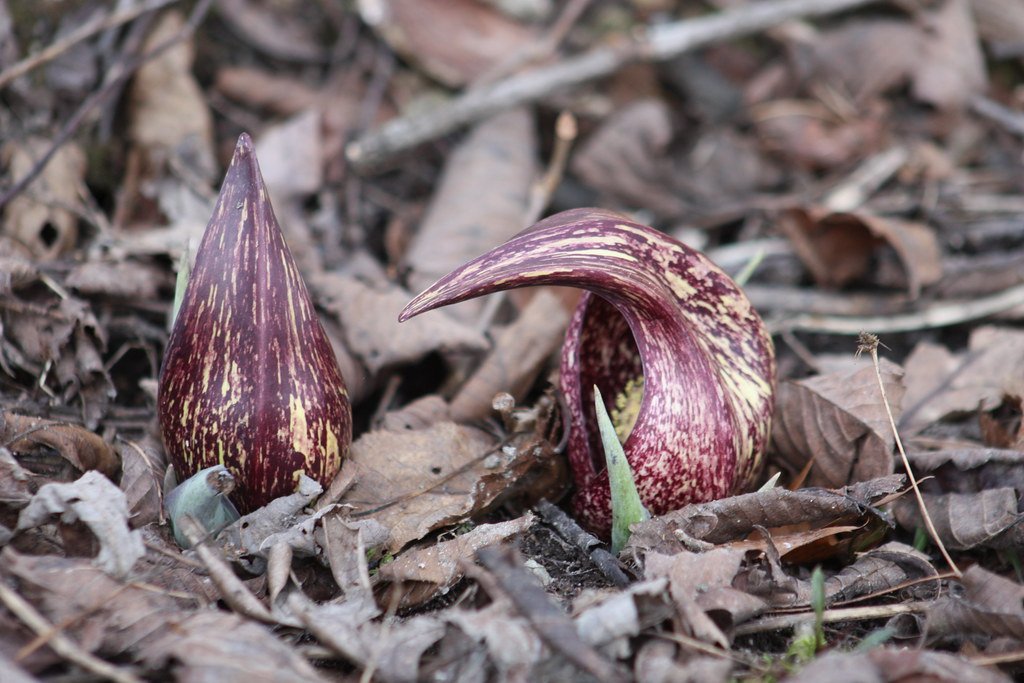Imagine wandering through a snow-blanketed forest and stumbling upon a patch of earth where the snow seems to melt away as if by magic. Most people would think this is just a trick of the sun or a pocket of warm air, but the real reason might be even more astonishing: certain plants have evolved their own ways to melt snow around them. These botanical “radiators” use a mixture of biology and chemistry to create pockets of warmth, defying the frozen world around them. What if I told you that the power to change the landscape in winter doesn’t always come from the weather, but from the quiet determination of plants? Let’s uncover the weird and wonderful science behind these natural snow-melters.
The Surprising Reality of Thermogenic Plants

It might sound like science fiction, but some plants can actually generate heat—enough to melt snow around them. This phenomenon, called “thermogenesis,” is surprisingly common in certain species. Unlike animals that shiver or move to keep warm, these plants use their own metabolism to produce warmth. This isn’t just a party trick; it helps them survive, reproduce, and even attract pollinators when everything else is frozen. The idea that a flower could fight back against winter’s grip is both inspiring and a little bit mind-boggling.
Skunk Cabbage: The Swamp’s Personal Heater
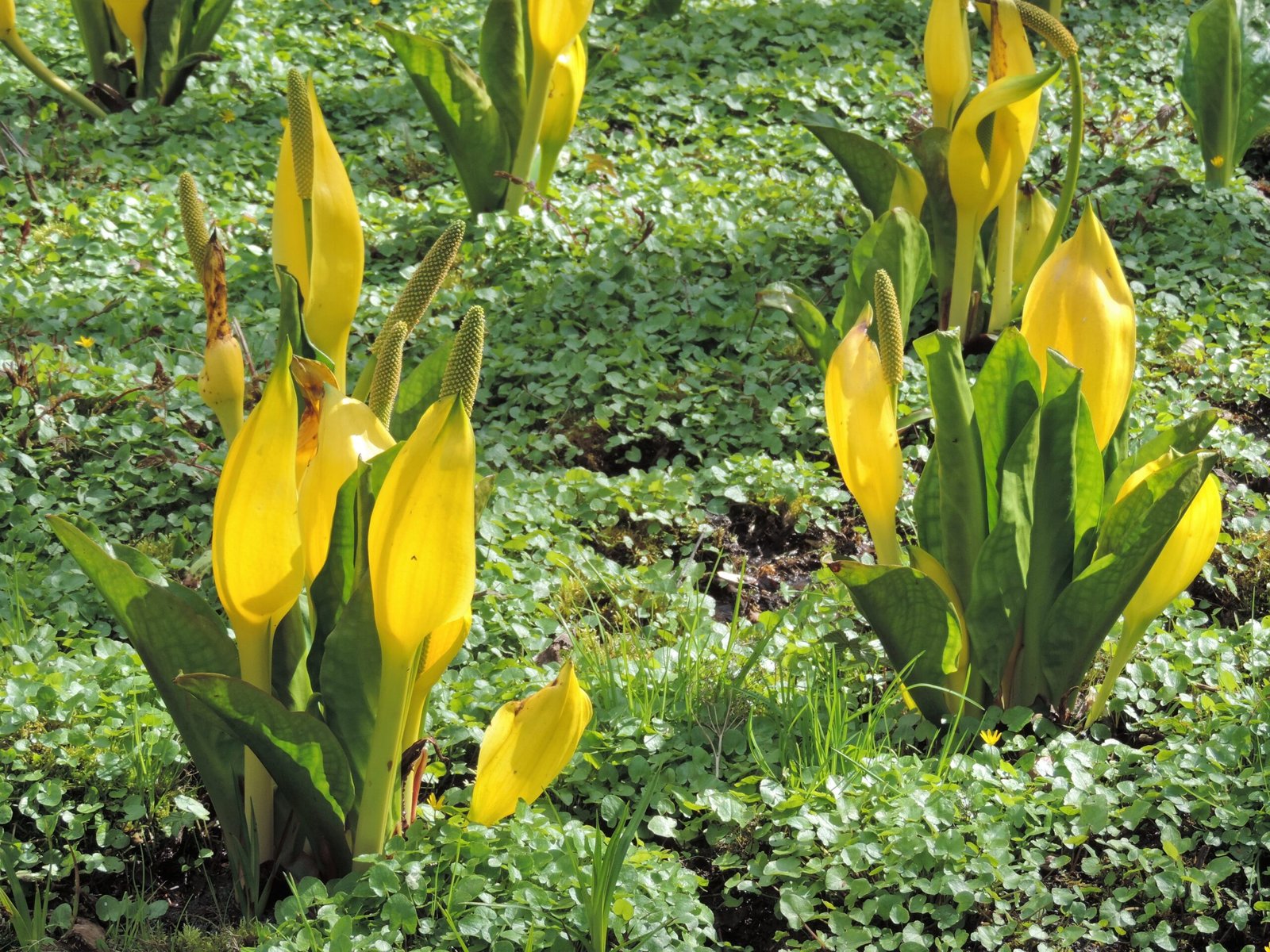
One of the most famous plants with this ability is the Eastern skunk cabbage. Found in North American wetlands, this plant can warm itself up to 20°C (68°F) above the surrounding air temperature. Its flowers often poke through snow and ice in early spring, creating a melted halo around them. The skunk cabbage achieves this feat by rapidly burning stored starches in its root system—a process a bit like revving up a tiny engine. This warmth allows the plant to bloom before its competitors and even attracts early pollinators.
European Arum: The Smelly, Steamy Marvel

Another snow-melting superstar is the European arum, also known as the “lords-and-ladies.” This plant heats up enough to not only melt snow but also release a powerful, sometimes unpleasant scent. This odor, combined with the heat, mimics rotting meat and lures in certain pollinating insects that might otherwise be inactive in the cold. The arum’s flower structure acts like a little oven, trapping both warmth and aroma to maximize its chances of reproduction.
Thermogenesis: How Do Plants Do It?

You might wonder, how can a plant create heat? The secret lies in their mitochondria—the cell’s powerhouse. In thermogenic plants, the mitochondria take a detour from making energy for growth and instead produce heat by “uncoupling” their usual chemical reactions. Instead of storing energy, they burn fuel fast and loose, releasing warmth in the process. It’s a bit like leaving the stove on without cooking anything, except it’s inside a flower.
Why Melt Snow? The Evolutionary Edge

Melting snow isn’t just a quirky feature; it gives these plants a huge advantage. By breaking through the snow and blooming early, they avoid competition for sunlight and pollinators. They can also start their growth cycle before other plants even wake up from winter’s sleep. In ecosystems where spring arrives late and pollinators are scarce, being the first flower on the block can mean the difference between thriving and fading away.
Symplocarpus foetidus: Nature’s Early Riser

The scientific name for Eastern skunk cabbage, Symplocarpus foetidus, hints at both its smell and its star power. This plant’s ability to melt snow is so reliable that it often serves as one of the first signs of spring in the forests and swamps of the northeastern United States. Its flowers, which look a bit like alien creatures, can even warm up enough to keep visiting insects cozy. As one naturalist once joked, “If you’re a beetle in March, the skunk cabbage is the hottest club in town.”
Snowdrops: Modest but Mighty
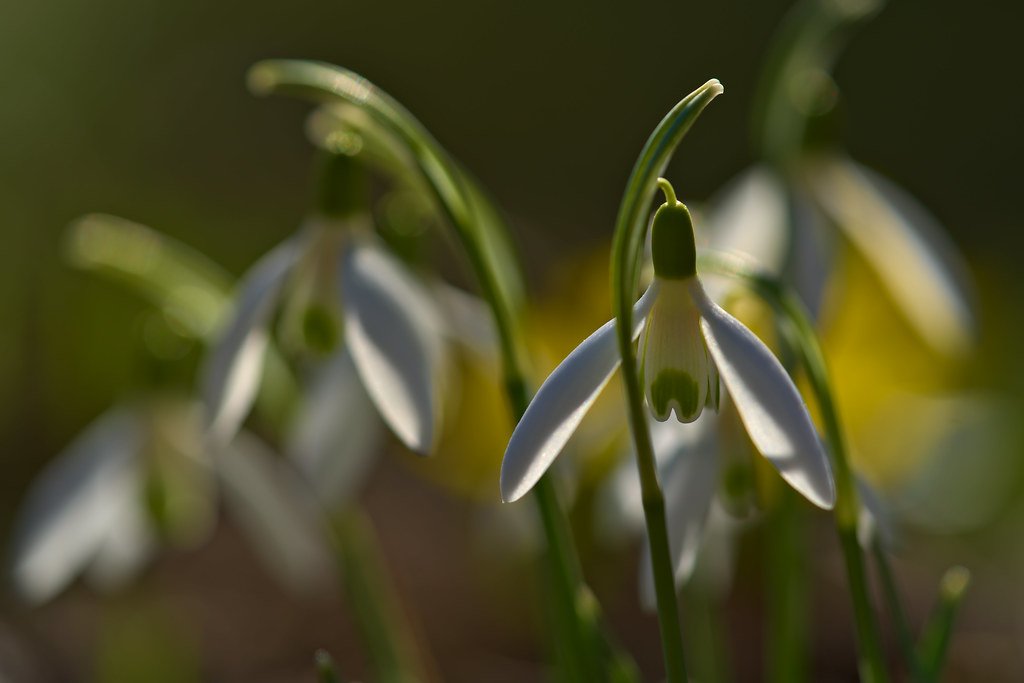
While not as dramatic as skunk cabbage, snowdrops (Galanthus nivalis) are another group of plants that seem to “melt” snow. Their strategy is more subtle: their leaf tips are coated in a natural antifreeze, helping them push through icy crusts. As they grow, the friction and slight heat from their metabolic activity can help clear a small space around them. It’s a gentler approach, but it means these delicate flowers are often the first to greet the spring sun.
Arisaema: The Jack-in-the-Pulpit

Arisaema, or Jack-in-the-pulpit, is another plant that uses a touch of heat to its advantage. While not as potent as skunk cabbage, it generates just enough warmth to keep its reproductive organs above freezing in early spring. This can be the difference between successful pollination and a lost season. In colder climates, every degree counts, and this biological “heating pad” is a clever way to hedge bets against the weather.
Pollinators and Warmth: An Unlikely Relationship

One of the most fascinating side effects of plant thermogenesis is its impact on pollinators. Early in the year, insects are sluggish, often immobilized by the chill. But when a flower offers a warm refuge, it suddenly becomes a hotspot for these crucial visitors. Some beetles and flies are drawn to the warmth as much as to the scent or nectar. It’s a win-win: the insects get a cozy shelter and a meal, while the plant gets help with reproduction.
The Role of Starch Reserves

Generating heat isn’t free. Thermogenic plants spend their winters hoarding energy in the form of starch, which they rapidly burn when it’s time to flower. This is a risky investment—use up your reserves too soon, and you might not survive the rest of the season. But for these snow-melting plants, it’s a gamble that often pays off. Their strategy is a reminder that even plants can take bold risks to get ahead.
Alpine Plants: Surviving at the Top

In the high mountains, life is even tougher. Some alpine plants have evolved similar tricks, using the sun’s rays and their own metabolic heat to melt small patches of snow. By doing so, they create microhabitats where seeds can germinate and insects can thrive. It might seem like a small victory, but in these harsh environments, every patch of bare ground is precious real estate.
Bromeliads and Heat Management

While not directly melting snow, some bromeliads in cold regions have adapted to regulate their temperature by storing water and using metabolic heat. This helps them survive sudden freezes and keeps their core tissues from being damaged. It’s not as flashy as true thermogenesis, but it’s another example of plants tweaking the rules of winter survival.
Arum Lily: A Tropical Twist

The arum lily, native to warmer climates, uses heat not to melt snow but to spread its scent more effectively. However, in higher altitudes or colder regions where it’s been introduced, this heat can help the plant persist through unexpected cold snaps. It’s a beautiful reminder that the same trick—generating warmth—can serve different purposes in different places.
Thermogenic Seeds and Germination

Some seeds use heat to their advantage as well. Certain species will only germinate after experiencing a burst of warmth, whether from fire, sun, or even the warmth of a passing animal. In snowy regions, seeds nestled near thermogenic plants might get just enough heat to kickstart their growth, giving them a head start in the race to grow.
Human Inspiration: Biomimicry and Snow Management
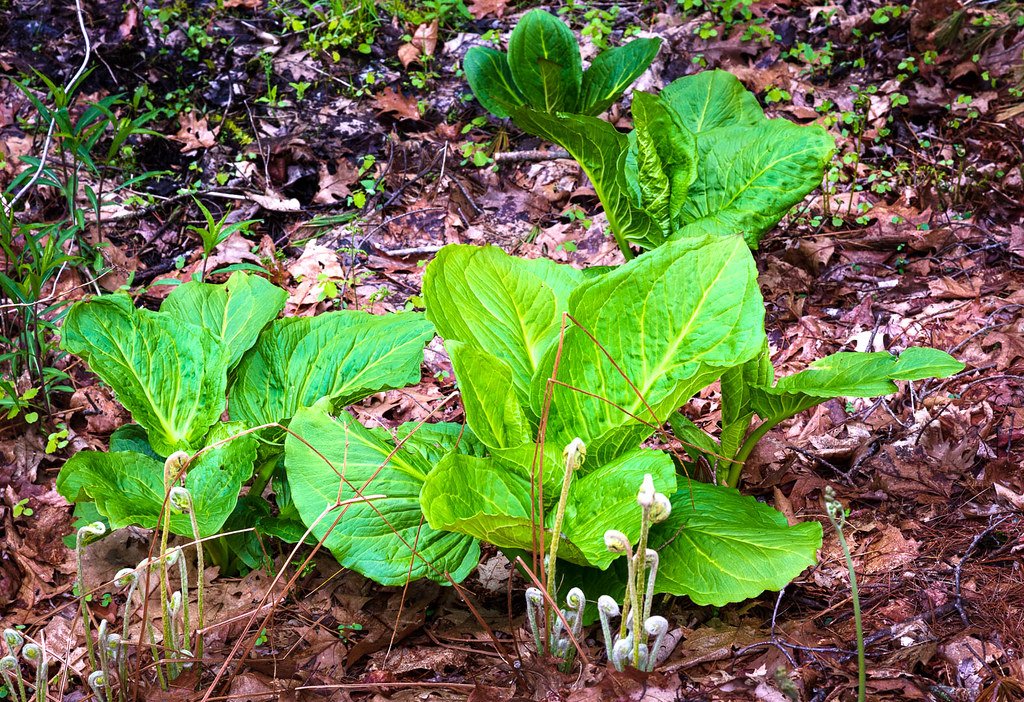
The concept of plants melting snow has sparked ideas in technology, too. Engineers and architects are studying thermogenic plants to design self-heating roads and sidewalks. Imagine a future where our infrastructure mimics the skunk cabbage, keeping surfaces clear of ice without chemicals or salt. It’s a wild thought, but nature has been solving these problems for millions of years.
Climate Change: New Challenges for Snow-Melting Plants

With winters becoming more unpredictable, the survival strategies of thermogenic plants are being put to the test. Some may thrive in milder conditions, while others could struggle if snowmelt comes too soon or too late. Scientists are racing to understand how these plants will adapt, and whether their unique abilities can help ecosystems stay resilient in a warming world.
Seeing the Invisible: How to Spot Thermogenic Plants

If you’re out in nature in late winter or early spring, keep an eye out for odd patches where the snow has retreated in curious shapes. A cluster of early flowers surrounded by bare ground is a telltale sign of a thermogenic plant at work. Bring a thermometer or just place your hand gently near the flower—you might even feel a faint, surprising warmth. It’s like shaking hands with a piece of living technology.
The Magic Beneath Our Feet
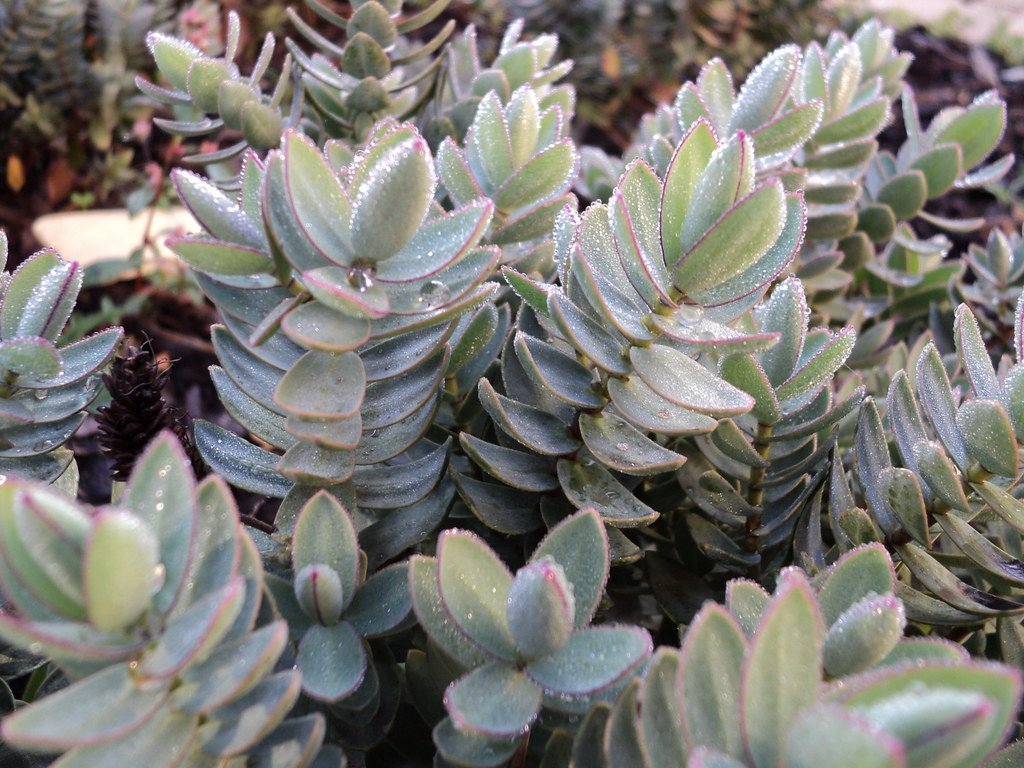
Next time you see a flower bravely poking through the snow, remember there might be more going on than meets the eye. These plants are silent engineers, reshaping their world with nothing but biology and determination. Their warmth is a quiet rebellion against winter, a reminder that life always finds a way—even in the coldest moments.
Have you ever wondered what other secrets are hiding just beneath the snow?

